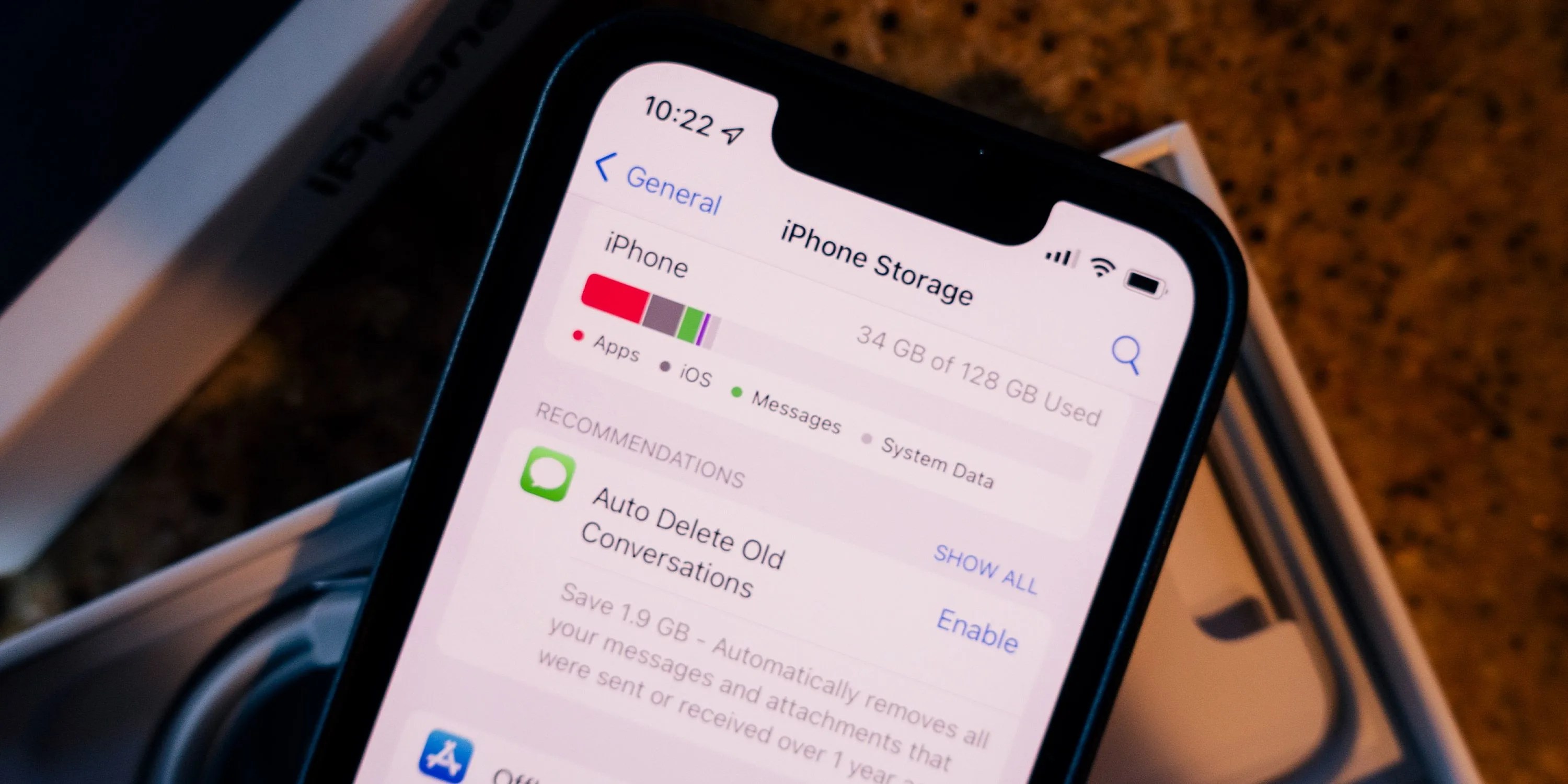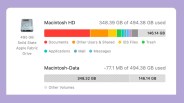When shopping for a smartphone — be it an iPhone or Android — one of the most important decisions you’ll make is how much storage capacity to configure it with. It’s a big deal because, along with the model of smartphone you actually buy, storage capacity can drastically impact price.
Let’s use the iPhone 13 as an example. Apple is currently selling the base model, which comes with 128GB of storage, for $799. You can get double that storage (to 256GB) for an extra $100, or quadruple the base storage (to 512GB) for an extra $400. This means that you can almost double the price of the iPhone 13 if you max out the storage.
Of course, the decision of how much storage to get is complicated by the fact that we’re in the golden age of cloud-based storage. By paying a few bucks a month, people can free up (or just back up) a lot of things (such as photos, videos and music) that normally take up a huge chuck of their smartphone’s internal storage. This means that, if you’re ok with storing things on the cloud, the amount of storage you have on your smartphone isn’t as important.
So it begs the question: how much internal storage does your smartphone actually need? Well, the answer really depends on you and how you plan on using your smartphone.
How often do you upgrade your smartphone?
Fact: new smartphones come with more base storage than old smartphones. For example, when Apple released the iPhone 8 in 2017, it increased the minimum base storage from 32GB to 64GB. And that was the base storage through 2020 and the iPhone 12. Then this year (2021), Apple increased the minimum base storage of the iPhone 13 to 128GB. If the trend continues, this means that the base storage of future iPhones will be 128GB at least for the next few years.
So if you’re somebody who gets a new smartphone every year (or every other year), the amount of storage capacity isn’t as important because the smartphone you currently have likely already has a lot of base storage (or you’re about to get a new smartphone with a lot of base storage).


